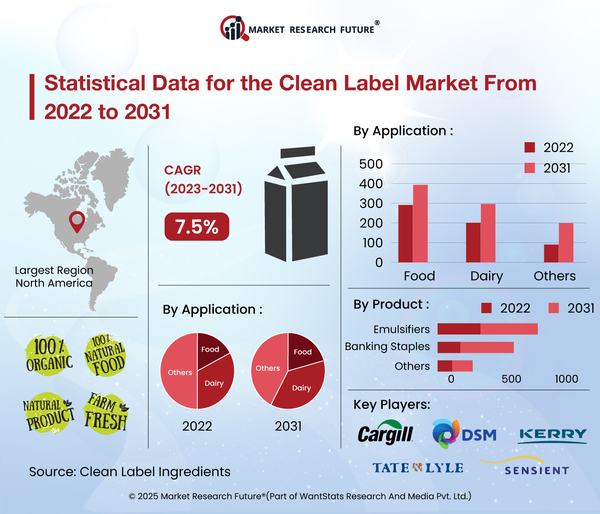Inside 2025’s Clean Label Surge: Gen Z’s Impact on Product Transparency
The year 2025 in the clean label market is undergoing a major shift spurred by ever-increasing Gen Z clean-label product demand. This generation is known for focusing on health, sustainability, and transparency of the ingredients, and it is a dominant force driving the industry now. As its members grow older and gain access to disposable income, their expectations are already impacting how brands formulate, market, and label food and beverage products in 2025.
A global consumer trends survey conducted in 2025 found that 64% of Gen Z consumers actively look for clean-label claims such as “natural,” “organic,” “no artificial ingredients,” and “minimally processed.” These preferences are resonating across the clean label market in 2025, with companies shifting focus toward ingredient traceability, ethical sourcing, and clean labels on products. No longer are clean-label formulations considered a marketing ploy for bottom-tier brands; they are essential for all major players wishing to keep up with industry demands.
The shifts mentioned are also being incorporated by regulatory bodies in 2025. The European Commission’s updated “Farm to Fork” strategy includes greater initiatives pertaining to food labeling and sustainability disclosures, which are now compulsory. The U.S. FDA, on the other hand, has also been redefining some of its procedures, this time in terms of “natural” claims under rules marking increased scrutiny and lowered compliance thresholds for misleading assertions. Policy changes are forcing reformulations and compliance spending across the clean label in 2025.
The focus on fresh food innovation is heightened in 2025 middle. There is increased investment being directed towards mainstream food producers who are reworking existing lines to produce plant-derived, free of additives substitutes while also removing complex processing. Food tech startups, on the other hand, are significantly increasing their slab of the pie by employing AI and fermentation technologies to cater to Gen Z’s clean-label demands.
Forecasted growth of clean-label products will soar propelled by Gen Z surpassing 40% of global consumer spending in 2025. Anticipated CAGR growth will reach 6.8% towards 2028. Adjusting to market preferences post-2025 is no longer seen as optional but as a strategic need to sustain the business.

